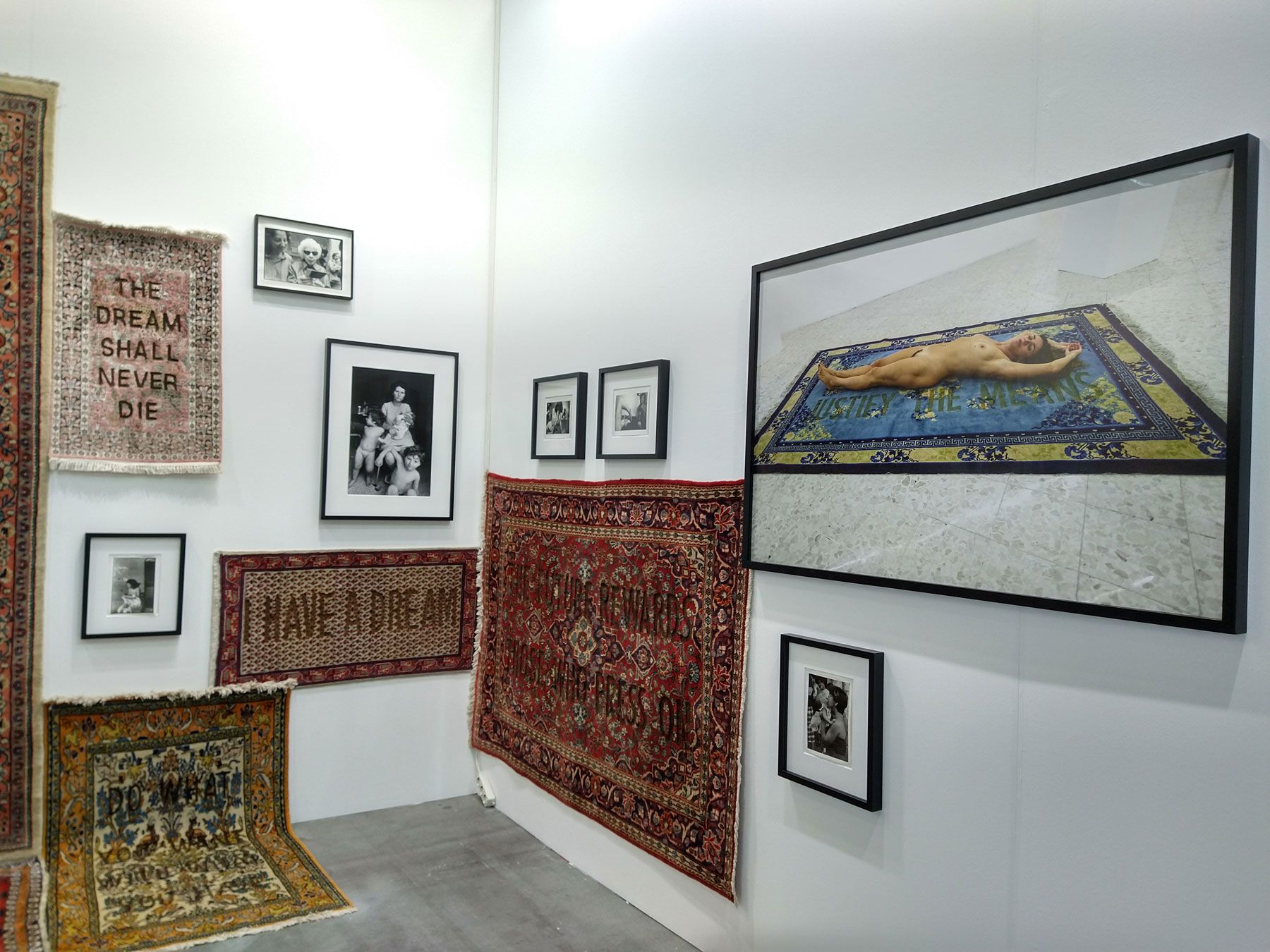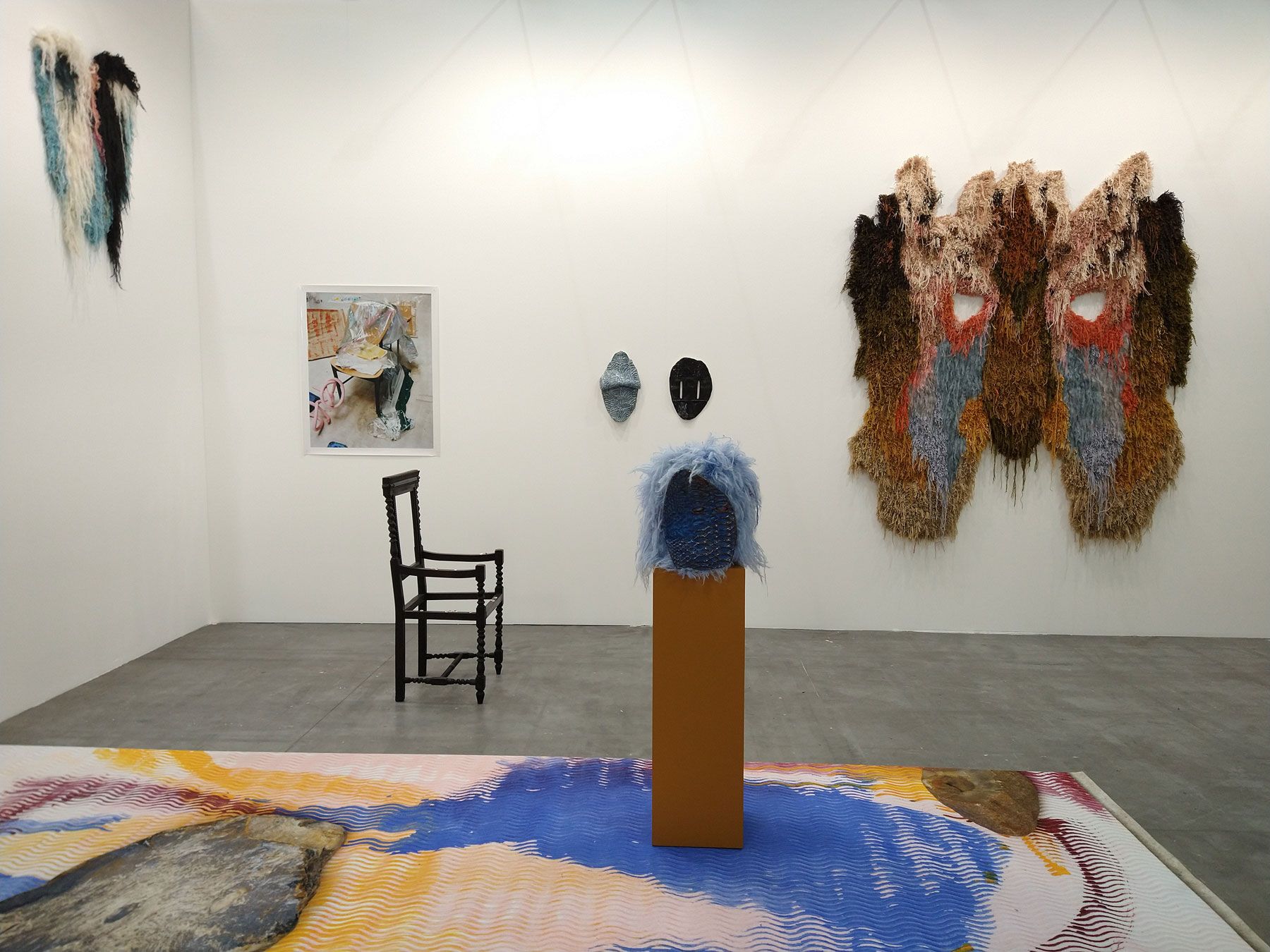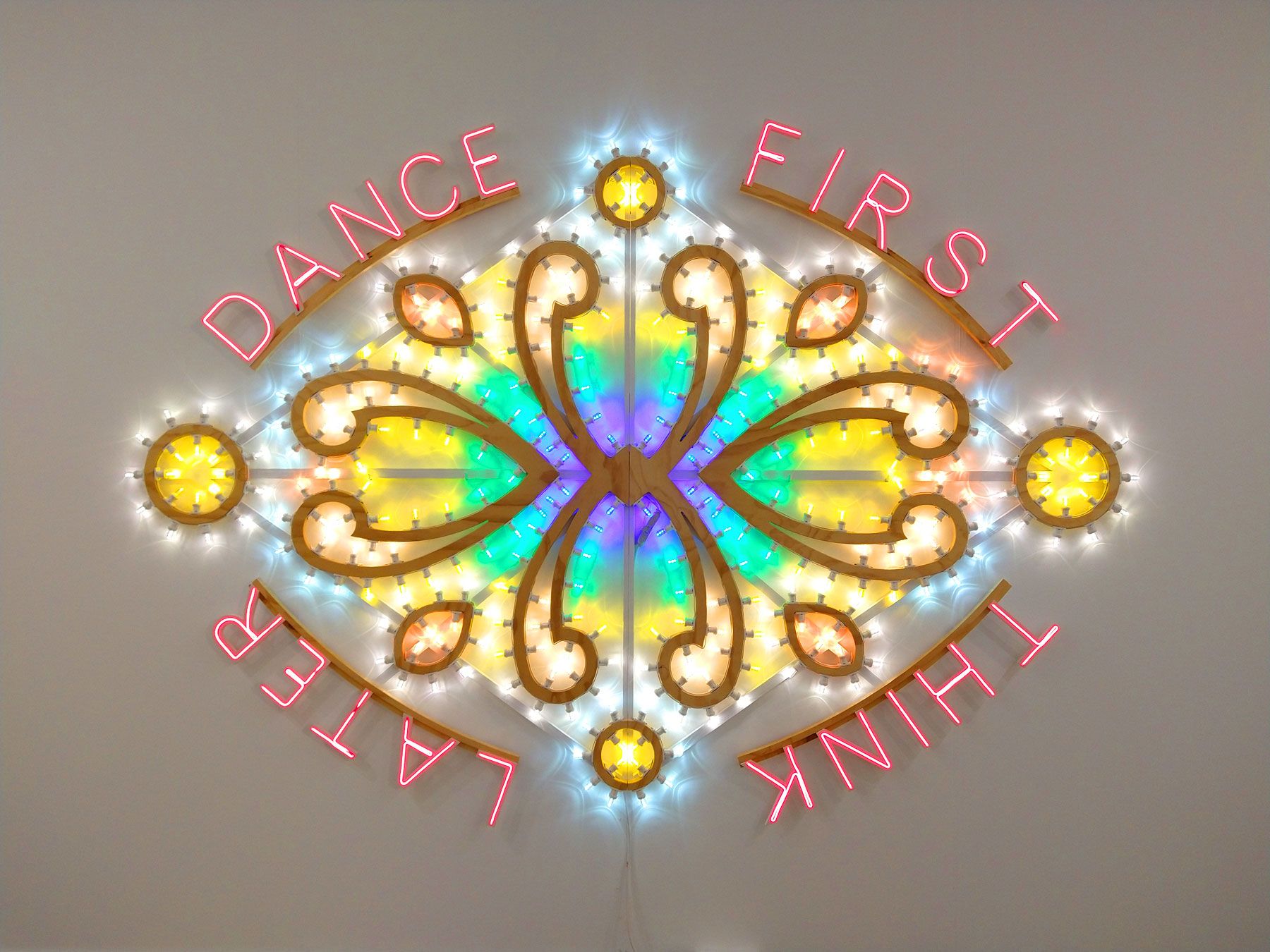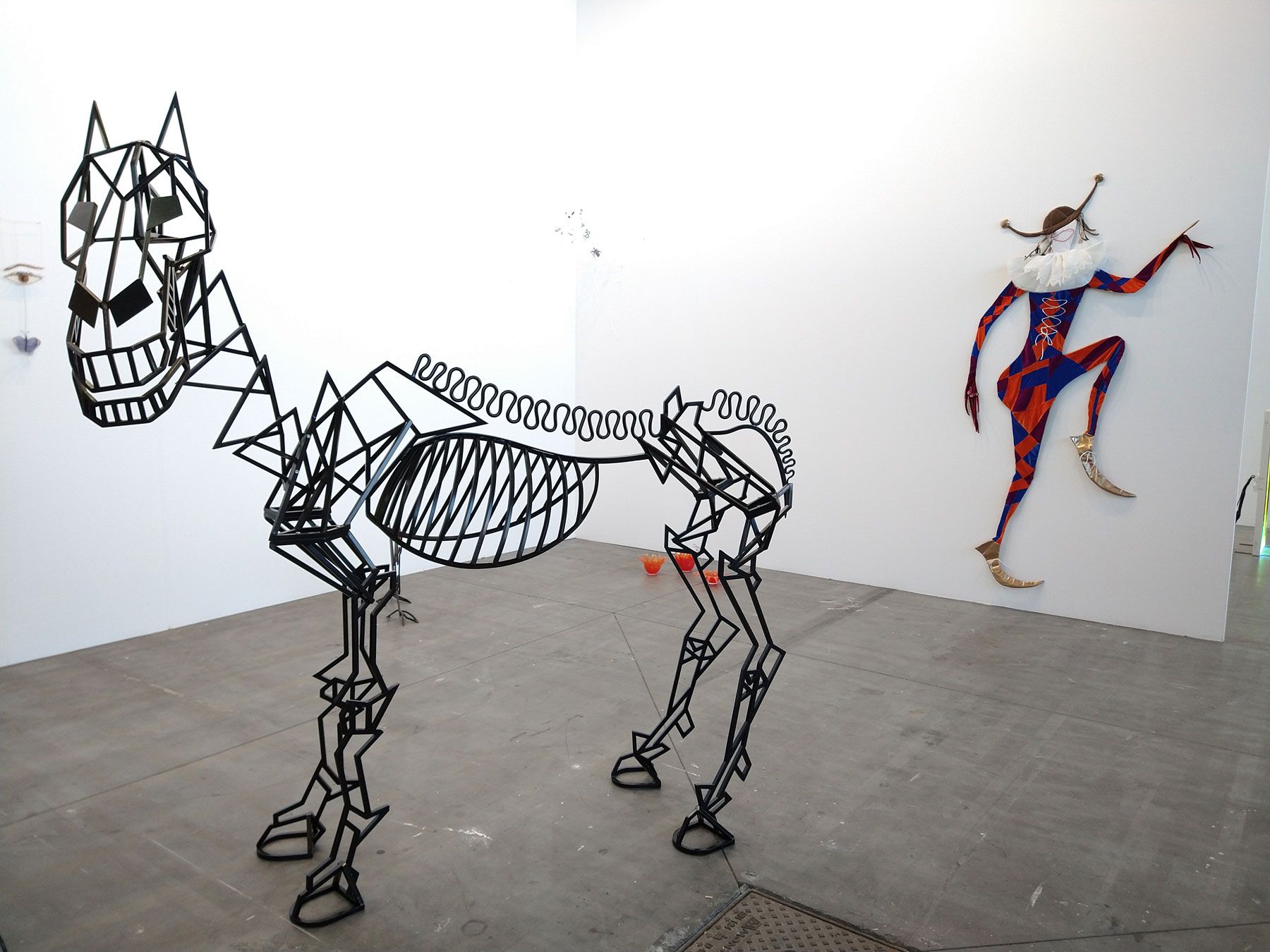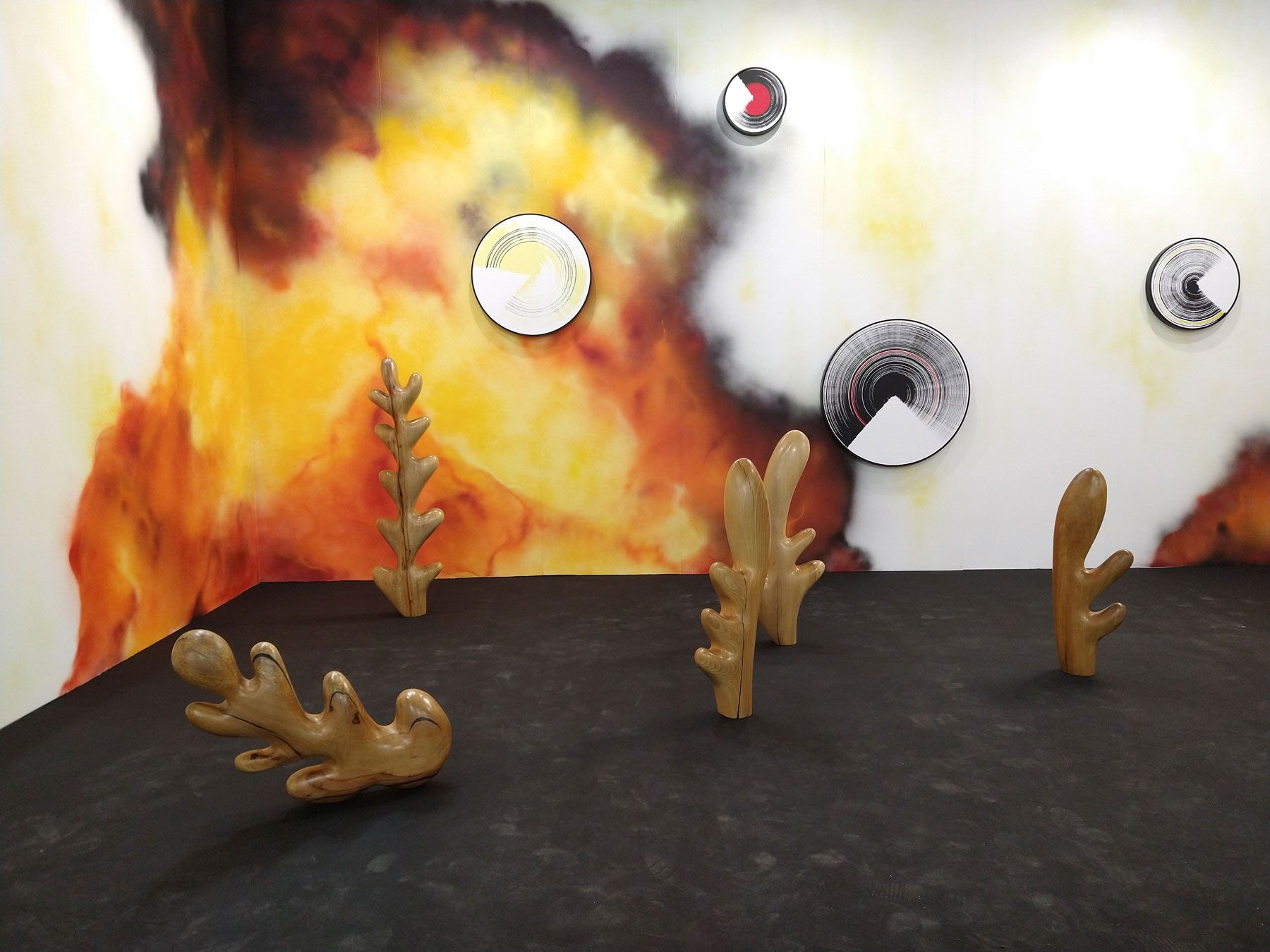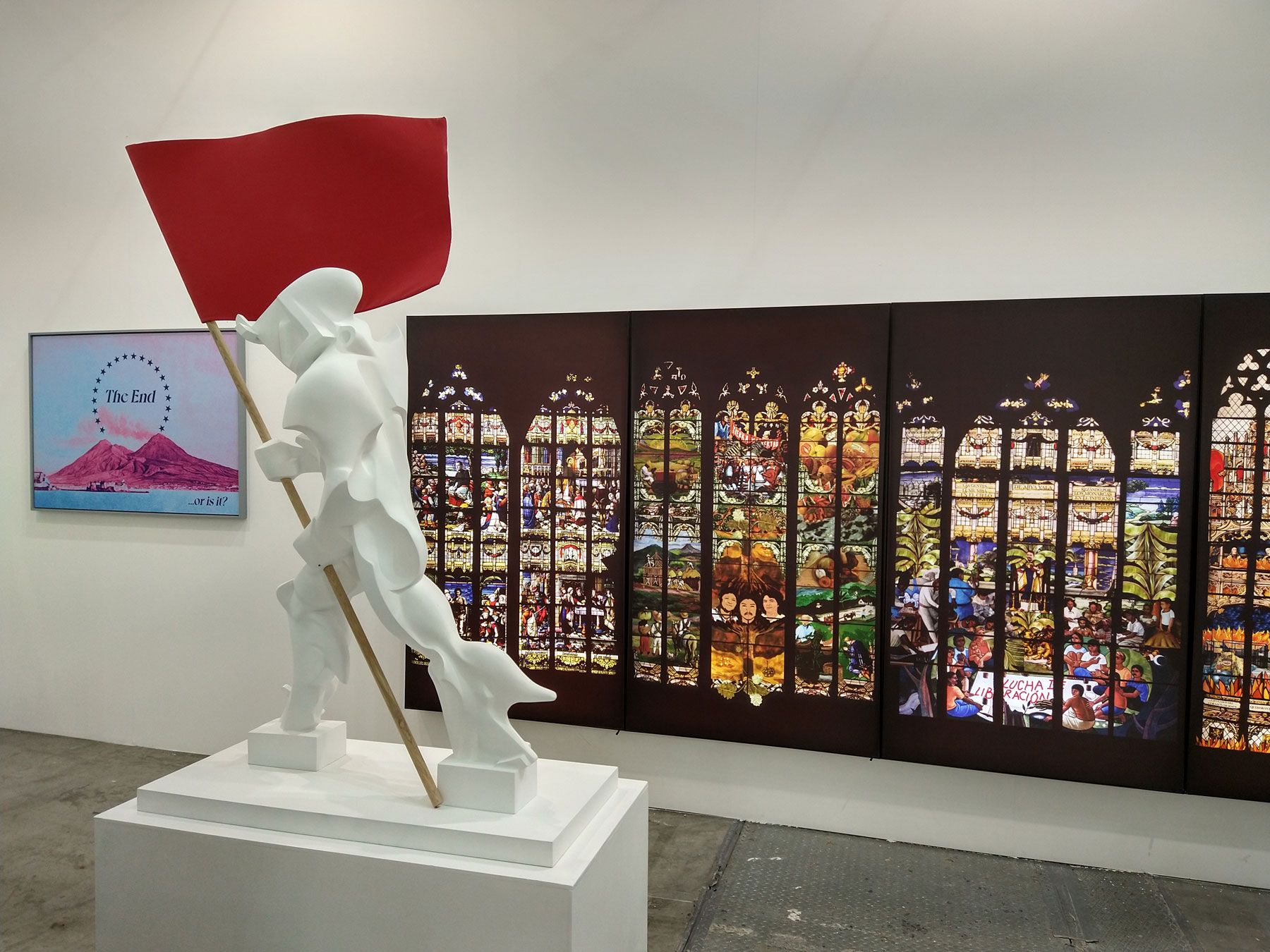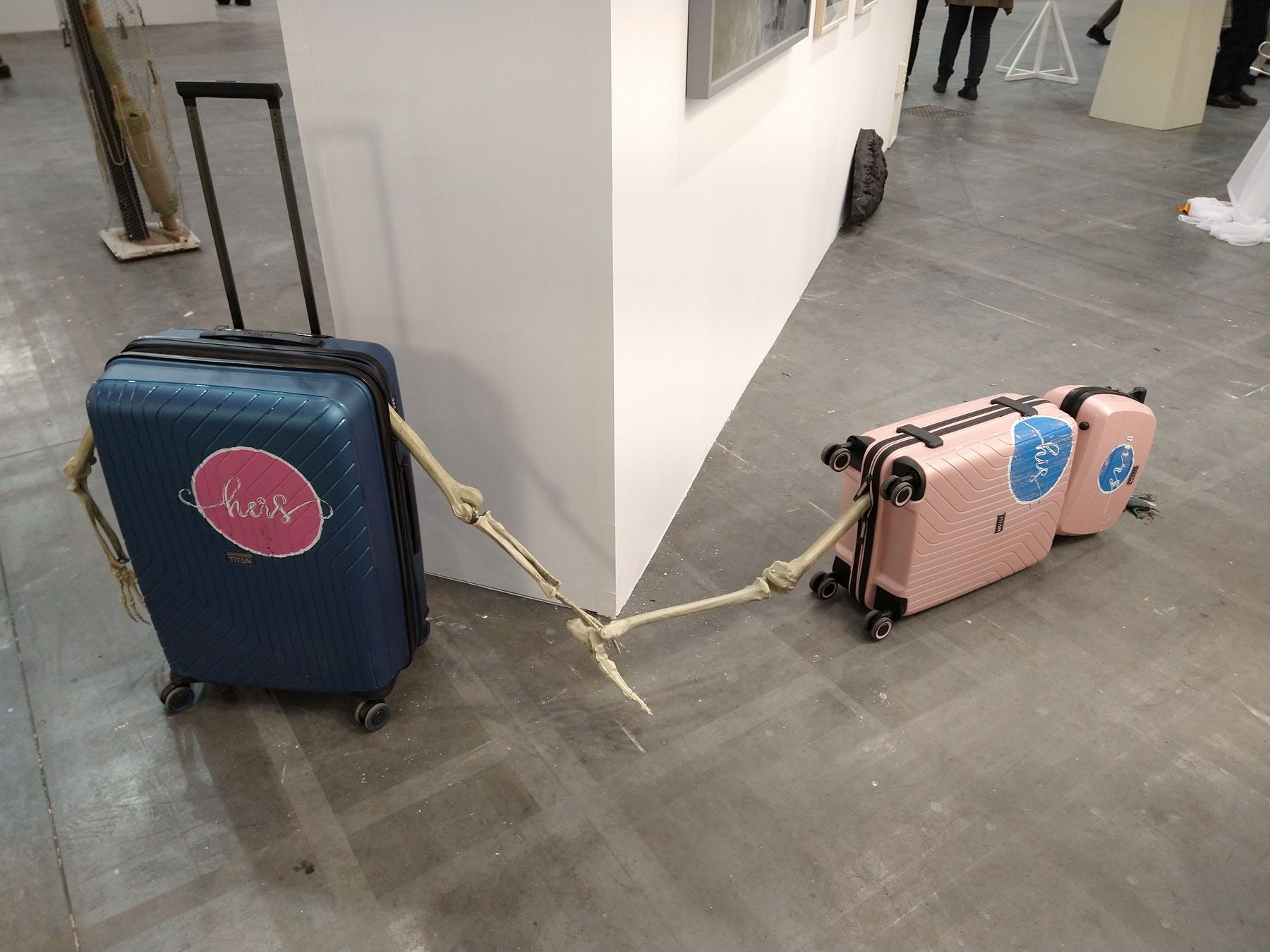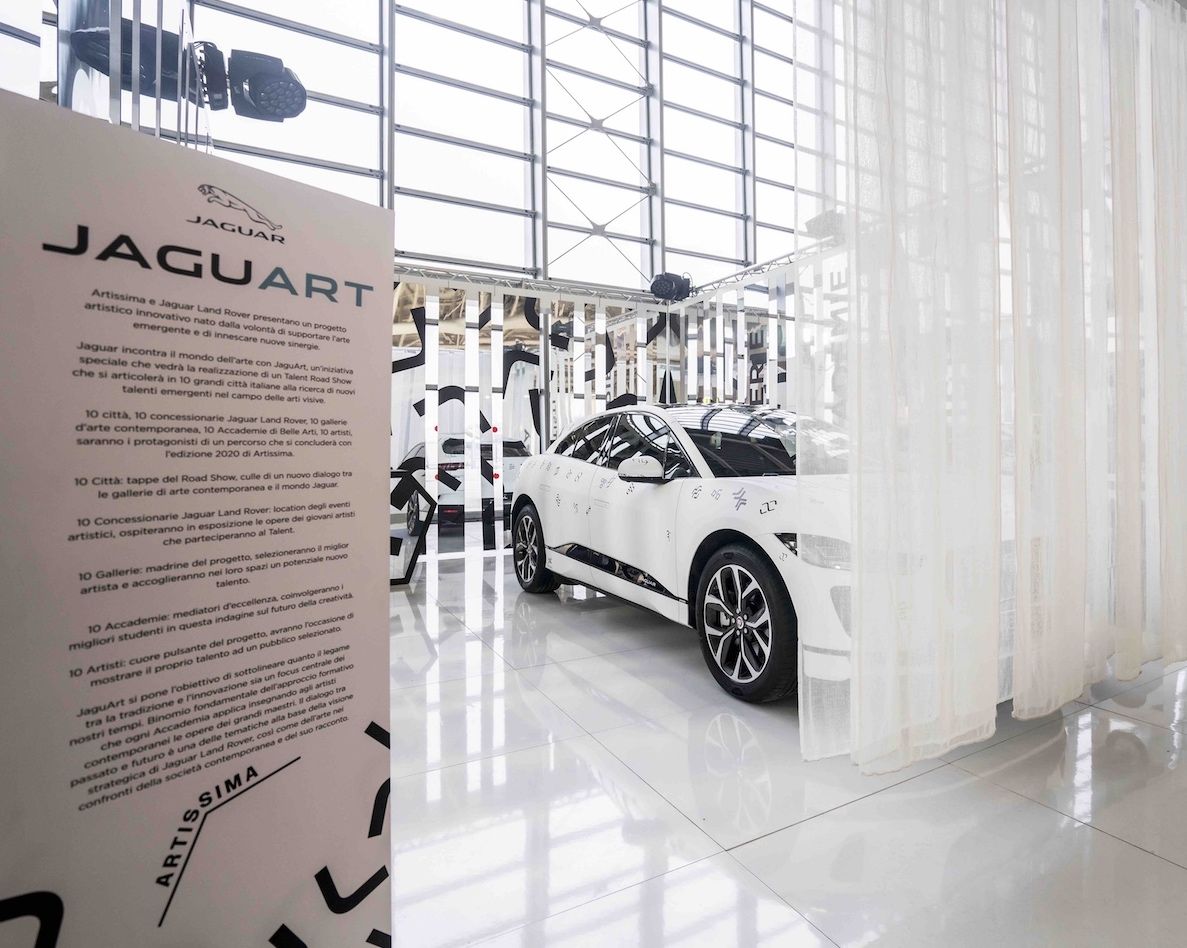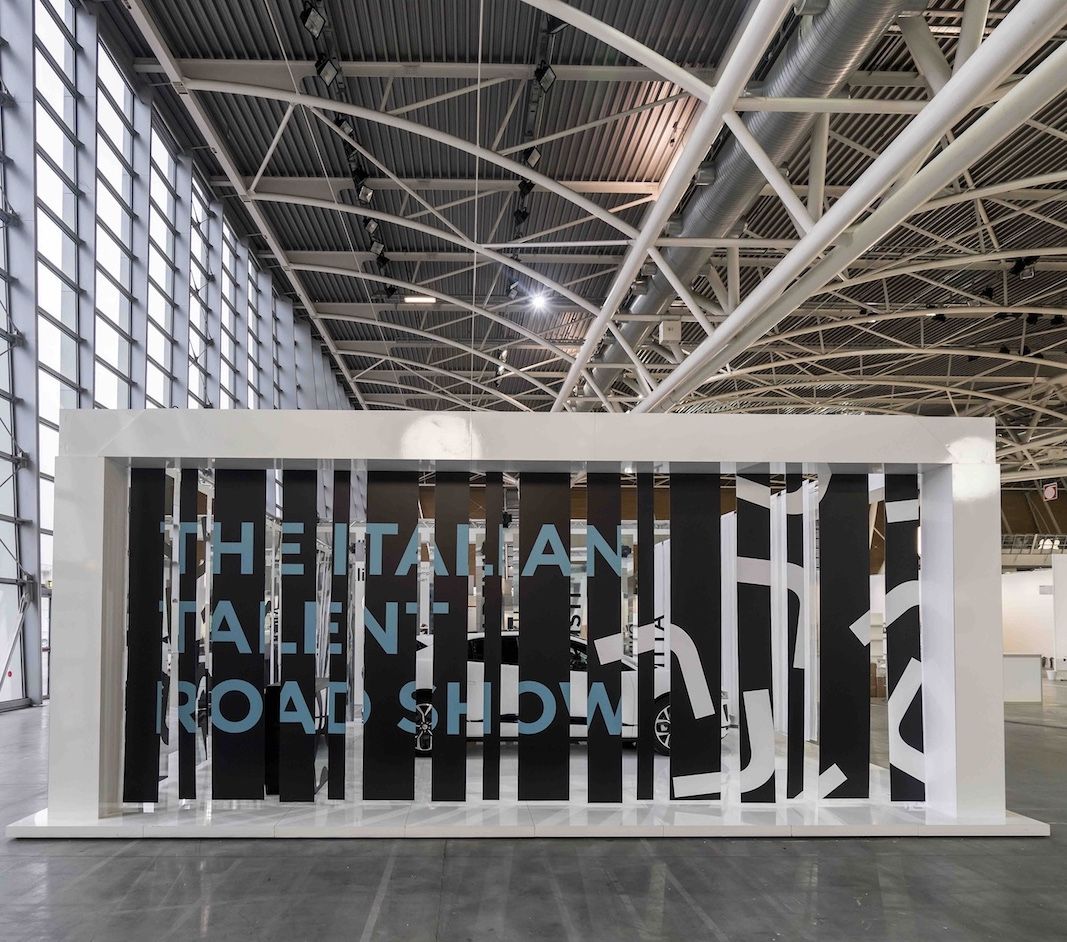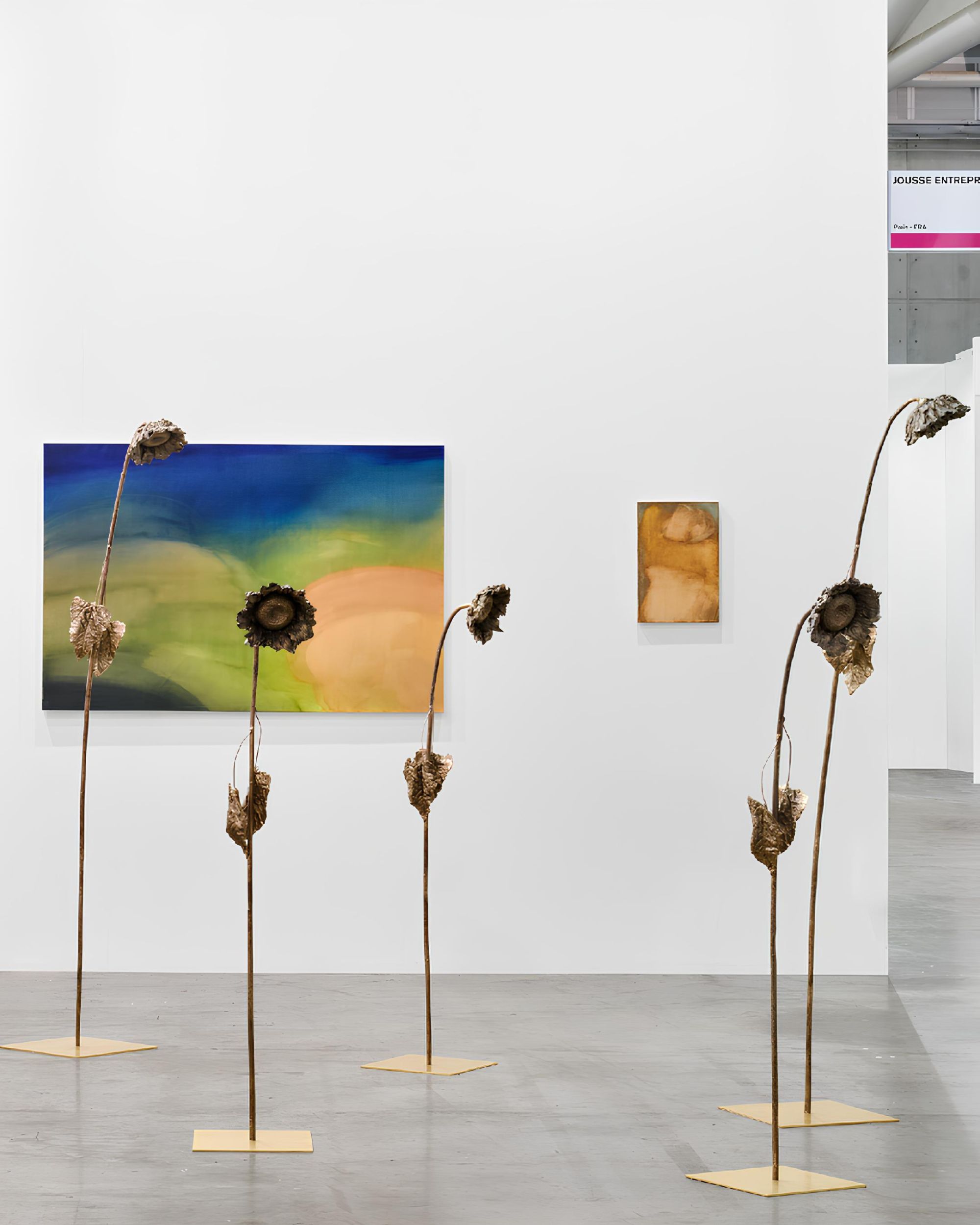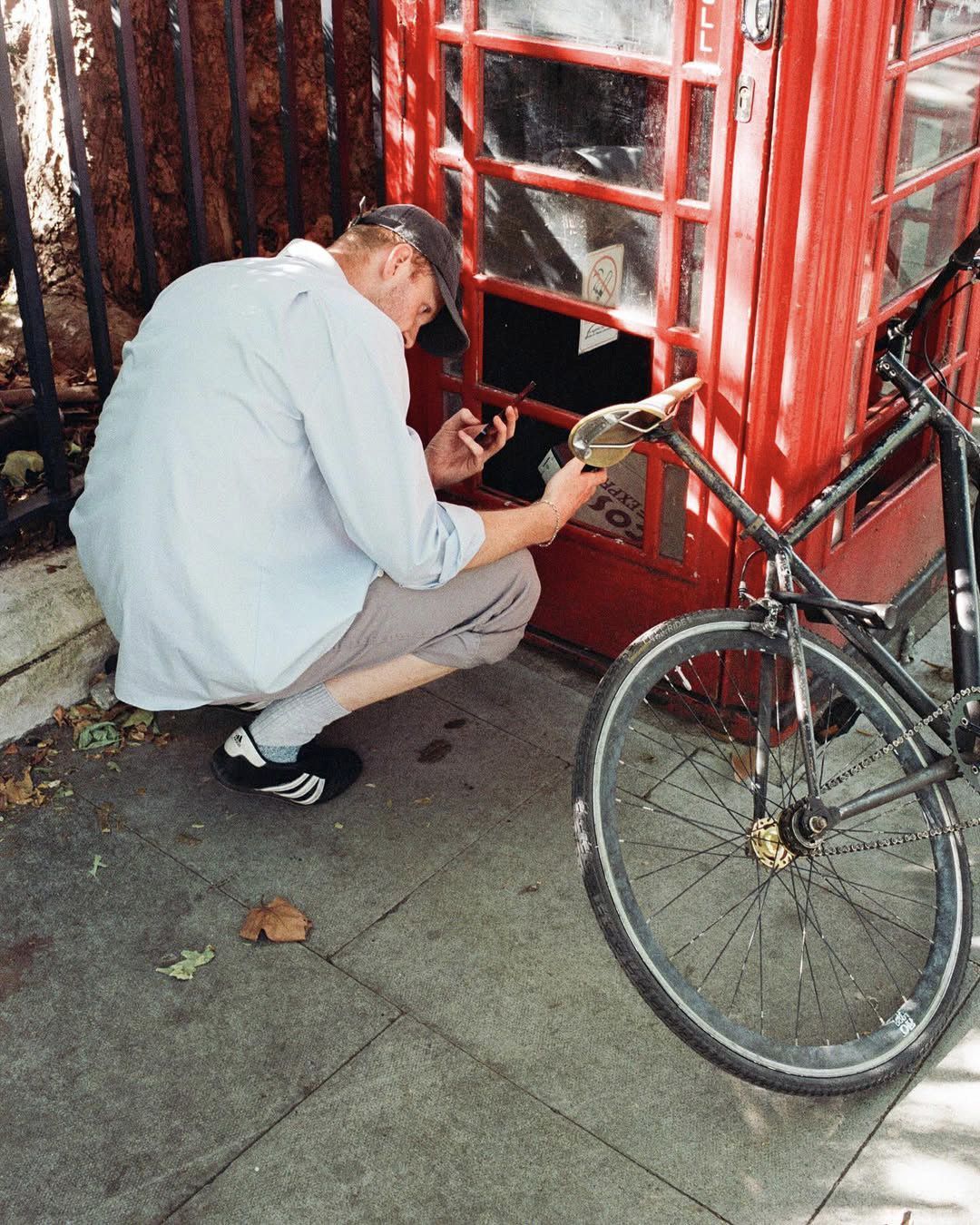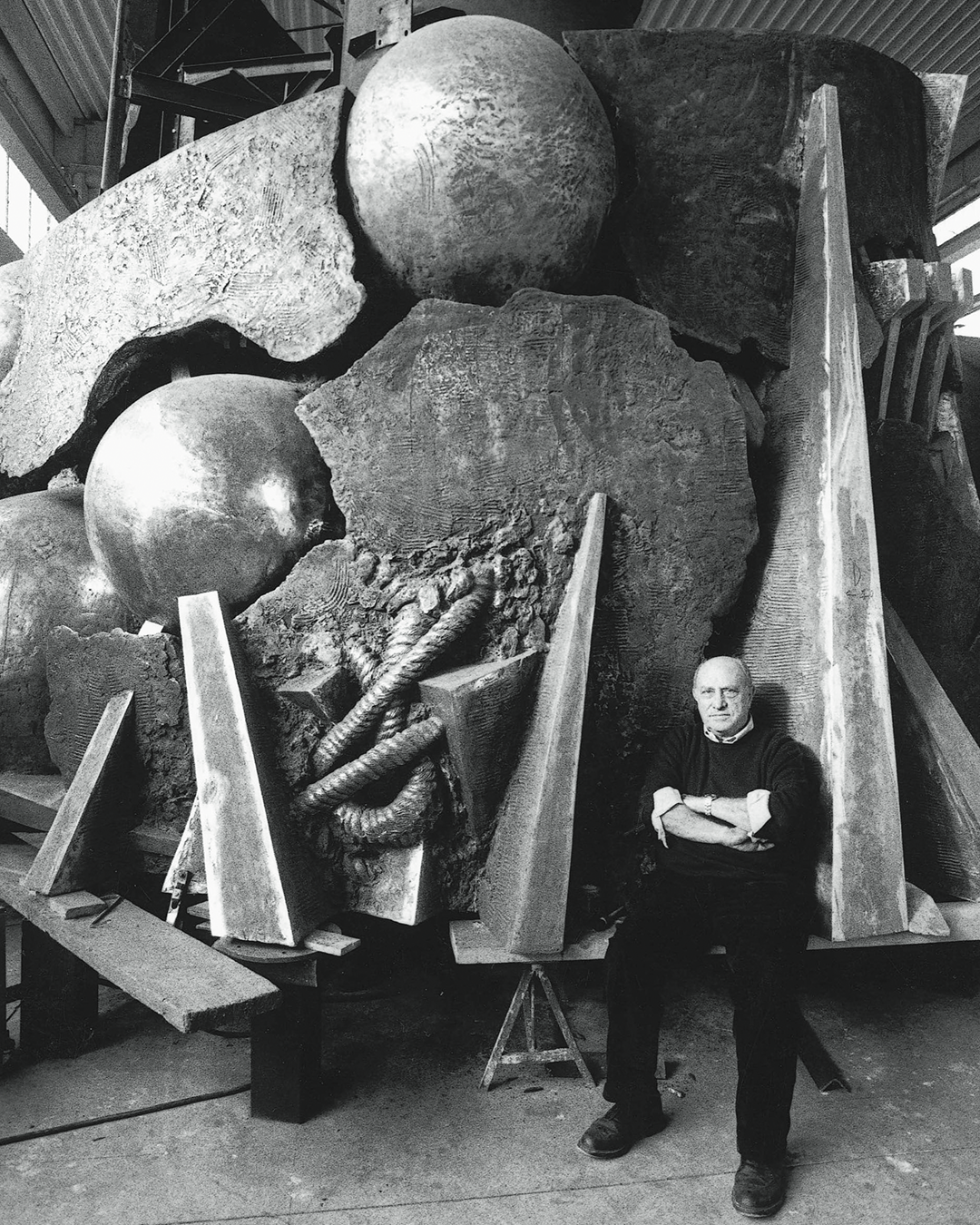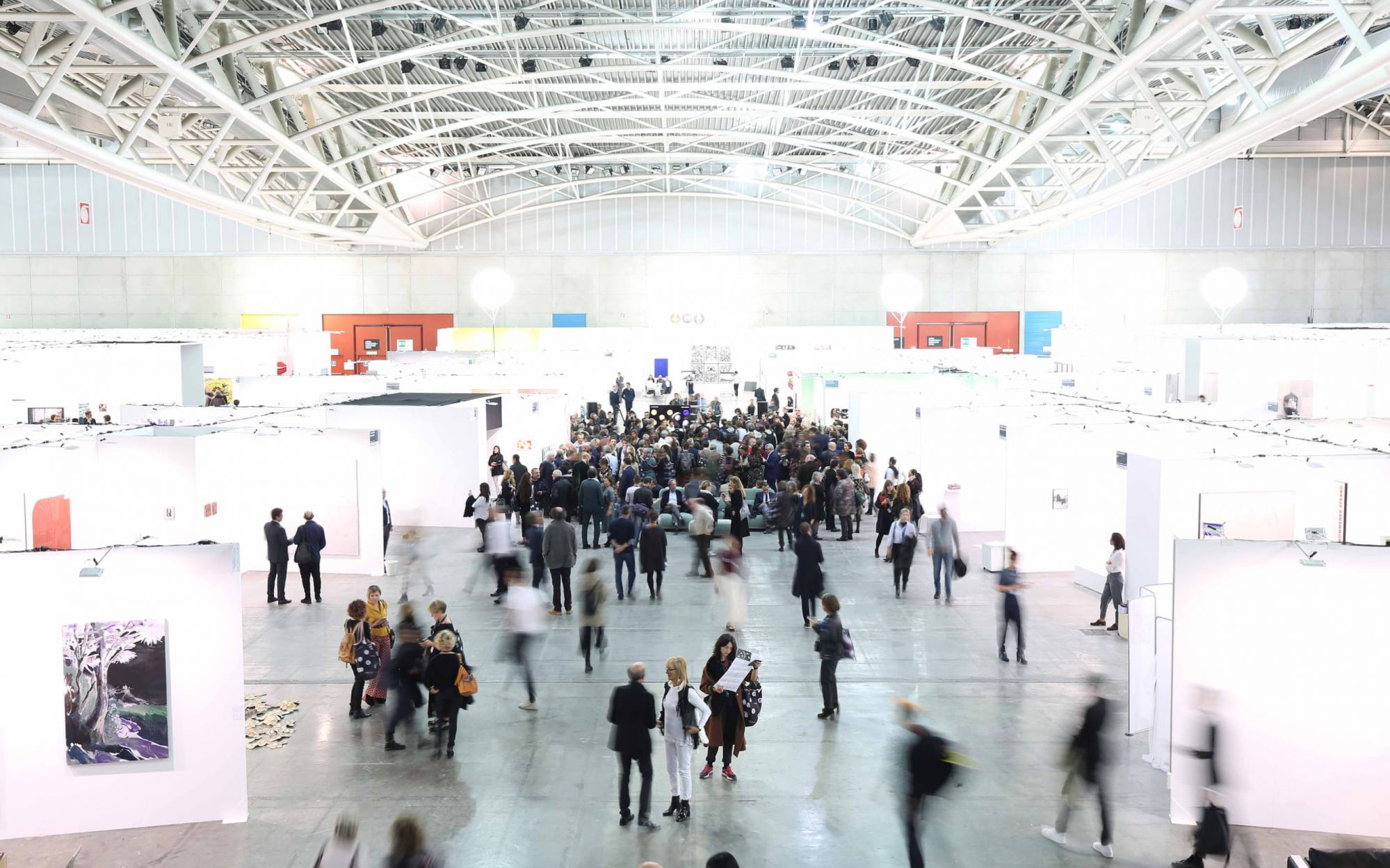
Are contemporary art fairs becoming more interesting than museums? They are messy, full of works and artists but they are the most real perspective on the art market
From November 5th to 7th Artissima was on stage, the main contemporary art fair in Italy that will host 150 galleries from all over the world, ranging from emerging artists and rediscovery of the great pioneers of contemporary art.
For those who have been to these fairs at least once in their life - in Italy there is also Rome and Bologna - you know how messy and confusing they are: a series of white niches built up with plywood walls house the galleries, which one next to the others amass works of different value and inspiration without real meaning. In practice it is an organization opposite to that of the museum, where the curatorship seeks harmony in a path that guides the observer in a didactic way, explaining and describing the works. Born as a moment mainly dedicated to professionals, today art fairs have progressively opened to the public creating - following the wake of the fashion week - a hub of collateral events that bring together (and throws) occasional art-goers into the jungle of reality where the works do not have a description panel but instead a price tag. Yet if for many it may seem irreverent to equate works with products, fairs give those who are not in the sector a more truthful image of the current state of the art market, offer the vision of galleries - real actors forgot - and give a difference of museums the possibility of interacting directly with a world that is normally enclosed in an ivory tower.
In a historical moment in which the imagination of the future becomes a necessary resource both for individuals and for brands, the artist regains the role of the avant-garde, able to create a different vision of the world, anticipates, for his culture and sensitivity, future facts, is a precursor of new life trends. For this reason, fairs are the place to give voice to these ideas and allow the visitor to wander and reflect in which direction society is going. The adjective "contemporary" represents inclusiveness, as artists work in a globally influenced, culturally diverse, and technologically advanced world, thus creating a dynamic combination of materials, methods, concepts, and subjects that challenge traditional boundaries, reflecting the diversity of today's world with its contradictory, confused and intermediary complexities. This type of art creates a meeting place on current issues such as identity politics, the body, globalization, migrations, technology, culture, time, and memory, sustainability as with the JaguArt project. Through the partnership between Jaguar and Artissima together to celebrate talent and creativity with the ambitious and innovative artistic work. The project was born with the theme "Sustainable Revolution", giving young artists the opportunity to present their vision of today's sustainability with the aim of creating connections between the human self and the work of art creating connections between the self human and artwork.
The fairs allow the visitor to create his point of view because every contemporary work does not have a single goal, the vision is refracted, prismatic, and multifaceted. It is interesting to analyze the commercial aspect of the work because talking about brands in contemporary art has never been liked by auction houses or gallery owners and perhaps not even by the artists themselves; the truth is, branding can often replace critical judgment. Therefore, the value of a work is linked to the artist's and gallery owner's brand more than to the content and ability used to create it. We arrive at a search for a status symbol by creating a relationship between the brands (gallery owners, collectors, and auction houses) and the artist. So perhaps the marketing part can create an extra interest as it is present in the world of fashion where the commercial aspect is always present. For this reason, fairs are becoming the epicenter of an encounter between art and visitors, creating democratization and a broad dialogue between two worlds that are very often distant and divided.
However, what always fascinates is the different way of interpretation, application, use of the sign, of the stroke, of that image at times perceived, at times hidden that makes each visitor experience a suggestion, reveals a sensitivity, a moment where he searches for his sense of taste, of beauty, to form his icon to own and in which to reflect himself.










































